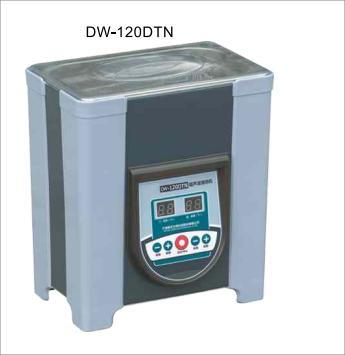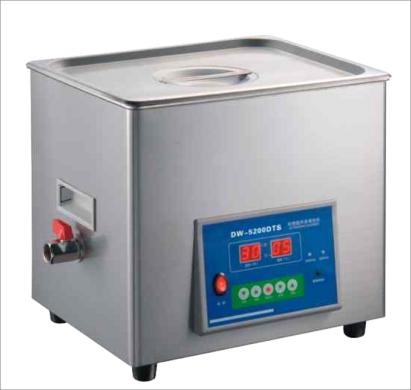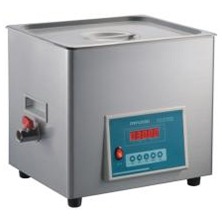The ultrasonic cleaning machine is used in laboratories to clean glassware, beaker test tubes, etc. Compared with manual cleaning, the ultrasonic cleaning machine has unique advantages such as batch cleaning and can clean the dirt on the inner surface of beaker test tubes, and can also be used for mixing extraction, and other applications, so it is widely used in the laboratory. Thus, it also is called lab ultrasonic cleaner. With the development of the ultrasonic cleaning machine industry to this day, there are various types on the market with various functions and characteristics, which makes you feel confused. What good skills can you quickly choose the right one for? This article will tell you 5 tips.

1. The Size of the Tank of the Lab Ultrasonic Cleaner
It depends on the size of the ultrasonic cleaning tank, and it must be able to hold the beaker and test tube to be washed. Therefore, before purchasing, measure the maximum size of the beaker and test tube. It must be determined and not estimated, so as not to buy too small and cannot fit it. It also depends on the amount of washing. If the amount of washing is large, it is obvious that the tank is just right, so you have to consider putting more than one to wash together. After all, the advantage of lab ultrasonic cleaner lies in the efficiency of batch cleaning.
2. Ultrasonic Frequency of Lab Ultrasonic Cleaner
The ultrasonic cleaning frequency of a lab ultrasonic cleaner ranges from 28kHz to 120kHz. When using water or water cleaning agent, the physical cleaning force caused by cavitation is beneficial to low frequencies, and generally, around 28-40kHz is used. For parts with small gaps, slits, and deep holes, it is better to use high frequency (generally above 40kHz), even hundreds of kHz. When cleaning watch parts, use 400kHz. If you use broadband frequency modulation to clean, the effect will be better.
3. Functional Requirements of Lab Ultrasonic Cleaner
Depending on the functional requirements of the lab ultrasonic cleaner, there is numerical control, mechanical, and power-adjustable. The numerical control type is recommended for laboratory use. The appearance is exquisite and generous, and the last timing time can be remembered. If you have requirements for the power of different cleaning workpieces, you can choose the one with adjustable power.
4. Ultrasonic Power of Lab Ultrasonic Cleaner
When you choose a laboratory ultrasonic cleaner, you first need to pay attention to the selection according to the working frequency of the instrument. If you use more water or water cleaning agents during ultrasonic cleaning, the physical cleaning force generated by the cavitation effect will be used in low-frequency cleaning machines. Ultrasonic cleaners can achieve better results, while high-frequency ultrasonic cleaning machines are often used when cleaning parts with narrow gaps or deep holes.

5. Lab Ultrasonic Cleaner Brand
Because the brand needs long-term technology and quality and after-sales service guarantee gradually accumulated, so when purchasing a laboratory ultrasonic cleaning machine, we must try our best to choose a big brand, to ensure that the quality of the purchased ultrasonic cleaning machine is reliable. At the same time, it can also have strong technical support and after-sales service, so that there is no worry about using it. Here we recommend the special lab ultrasonic cleaner for Drawell.

